What is Basmati Rice?
The word “basmati” comes from the Hindi language (bas – aroma, mati – full of). In other words, basmati rice means rice full of aroma. If you have ever tried this type of long-grain rice, you will agree with this description.
Basmati rice is mostly grown in the Himalayas and Pakistan. To be more accurate, basmati rice is exclusive to certain regions in India and Pakistan. This means that the two countries are the only producers of basmati rice in the world. India exports around 65% of the world’s basmati rice, while Pakistan exports the other 35%.
Basmati rice is well-known for its aroma and characteristic long, needle-like grains that double in volume after being cooked. It has been eaten all over the Indian subcontinent for ages. It is also a very popular rice grain in Middle Eastern cuisines, thanks to Arab and Indian traders.
Nowadays, you can easily find basmati rice in any local grocery store. You will often find it sitting on a shelf next to jasmine rice. But what is the difference?
Basmati Rice Vs Jasmine Rice
Origin
The first difference between the two is the origin. Unlike basmati, jasmine rice originated in Thailand. Nowadays, it is primarily grown in Thailand, Laos, Vietnam, and Cambodia. This means that there is a larger variety of jasmine rice, depending on the region it is grown in.
Aroma
The next difference is the aroma. Both basmati and jasmine rice are aromatic and fragrant. While basmati has a nutty, pandan-like aroma, jasmine rice has a flowery aroma, as indicated by its name.
Grain Shape
Basmati rice and jasmine rice both belong to the long-grain rice type. While basmati rice is very long and has a needle-like shape, jasmine rice is slightly shorter and more rounded. You may prefer one type of grain over the other because of this reason alone.
Texture
Because of the differences in the grain shape, the two types of rice have different textures when cooked. If you like very fluffy rice, you will prefer basmati over jasmine. If you enjoy rice that is soft and sticky, your taste buds will prefer jasmine over basmati.

Preparation and Cooking
It is always strongly recommended that you wash the rice thoroughly before cooking. Debris (like tiny rocks, dirt, or dust) and starch are removed from the grains when you wash and strain your rice. This goes for any kind of rice, including basmati and jasmine rice.
The difference between the two here is that basmati rice is much better if you soak it before cooking. You should soak it for at least thirty minutes before plunging the rice into a pan. This does a few things. First, it speeds up the cooking time by allowing the rice to absorb water. Second, it removes even more starch than rinsing alone does. And third, the pandan-like aroma will be more pronounced. Make sure to rinse your rice again after soaking.
Nutrition
The nutritional values vary from region to region, not only the grain type. Both jasmine and Basmati rice come in white and brown varieties, with the brown varieties being healthier no matter the grain type. A cup (163 grams) of cooked white basmati rice has around 238 calories, while jasmine rice has around 205. If health is a major concern for you, choosing a brown variety is more important than if it is basmati or jasmine.

Both basmati rice and jasmine rice are delicious. The two are both very aromatic and can be the star of your next dish. Remember that you should try both types and see for yourself which one you like more. Make sure to try the brown varieties as well!




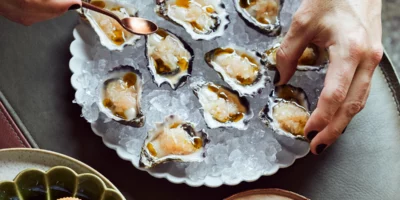
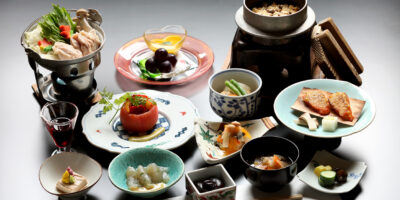


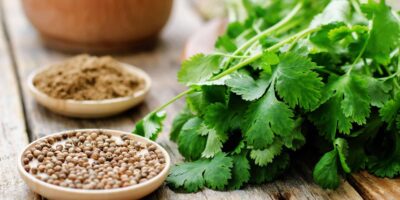
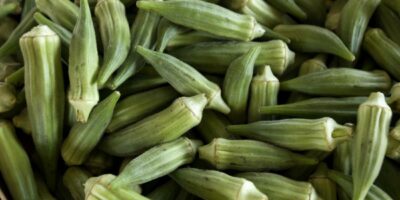
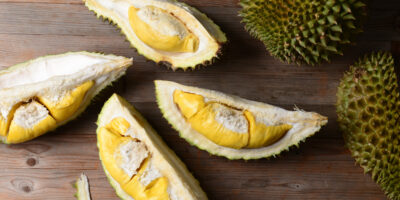






Comments